
Keeping your Plex server running continuously on Windows is crucial for uninterrupted media streaming. Whether you’re a novice or an experienced user, ensuring your server is always on and accessible is vital for enjoying your media library without interruptions.
A Plex server that is always running means you can access your media from anywhere, at any time, as long as you have a stable internet connection. This is particularly important for households with multiple users or for those who enjoy streaming media on the go.
Understanding the requirements for a Plex server is essential for ensuring it runs smoothly on Windows. A Plex server is a media server software that allows users to organize and stream their media collections. To achieve optimal performance, it’s crucial to meet the necessary hardware and software requirements.
For a Plex server to perform optimally, certain hardware specifications should be met. A multi-core processor is recommended, as it enables the server to handle multiple tasks simultaneously. At least 4GB of RAM is suggested, although 8GB or more is ideal for smoother performance. Storage is also a critical factor; using SSD storage can significantly improve the server’s responsiveness and media streaming capabilities.
On the software side, ensuring your Windows operating system is up-to-date is vital. Plex requires Windows 10 or later for optimal functionality. Additionally, having the latest version of Plex Media Server installed is crucial. It’s also beneficial to configure your server settings within Plex to optimize performance based on your library size and hardware capabilities.
For a seamless media experience, configuring your Plex server for constant uptime is crucial. Achieving this involves several key steps that ensure your server remains operational at all times.
To run Plex continuously, it’s essential to set it up as a Windows service. This allows Plex to start automatically with Windows, ensuring it’s always available. To do this, you’ll need to use a third-party tool like NSSM (Non-Sucking Service Manager). NSSM makes it easy to manage Plex as a service, providing a straightforward interface to configure startup options and other service settings.
By running Plex as a service, you ensure it operates independently of your user login status, providing uninterrupted access to your media library.
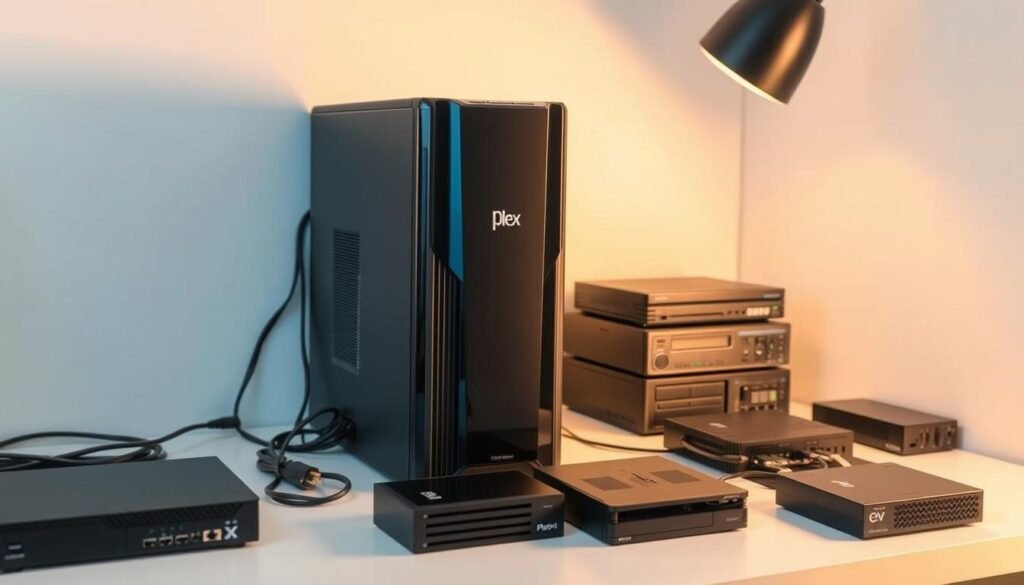
Windows power settings can interfere with your Plex server’s operation if not configured correctly. To prevent your server from going to sleep or hibernating, adjust the power settings in Windows. Navigate to your Power Options in the Control Panel, and ensure that the plan you’re using is set to never turn off the computer or put it to sleep. This step is crucial for maintaining 24/7 uptime.
A stable network connection is vital for your Plex server. Ensure your server is connected via Ethernet for the most reliable connection. If you’re using Wi-Fi, consider upgrading to a wired connection or improving your wireless network’s quality.
To access your Plex server from outside your home network, you’ll need to configure port forwarding on your router. This involves opening specific ports to allow remote access. Typically, you’ll need to forward port 32400, which is the default port used by Plex. Consult your router’s documentation for instructions on how to do this, as the process varies between models.
While running Plex as a service covers the basics, implementing automatic startup scripts can further enhance reliability. You can create scripts to monitor Plex’s status and restart it if necessary. This adds an extra layer of redundancy, ensuring your server remains operational even if Plex encounters an issue.
Plex server issues can arise unexpectedly, but with the right troubleshooting steps, you can resolve them efficiently. Troubleshooting is a critical skill for maintaining a stable Plex server.
Server crashes can be due to various reasons such as hardware failures, software conflicts, or configuration issues. Monitoring system logs is a good starting point to identify the cause of a crash. Look for error messages that can indicate the source of the problem.
Utilizing monitoring tools can help in maintaining server health. Tools like Task Manager for Windows can provide insights into CPU and memory usage. Additionally, Plex provides Server Settings that can be used to monitor server activity and troubleshoot issues.
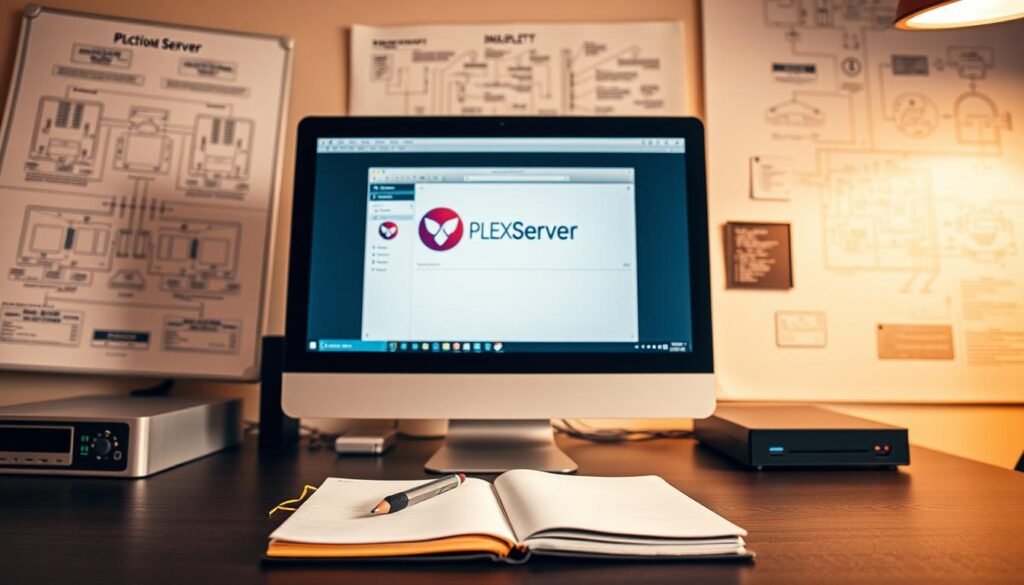
For issues that cause the server to crash repeatedly, setting up an automated restart can be a practical solution. This can be achieved by configuring Windows Services to restart the Plex Media Server service if it fails.
To ensure your Plex media server remains operational and provides continuous streaming, proper configuration and regular maintenance are crucial. By following the steps outlined in this article, you can guarantee a seamless viewing experience.
Key to this is setting up Plex as a Windows service, optimizing power and sleep settings, and configuring your network for uninterrupted access. Regular plex server maintenance checks will help identify potential issues before they cause downtime.
By implementing these measures, you can enjoy continuous streaming on your media server. Regularly reviewing your server’s configuration and performance will ensure it remains optimized for your media needs.
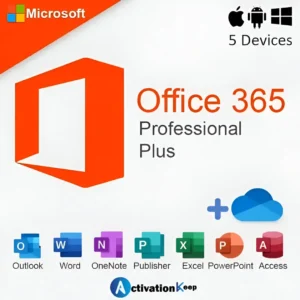
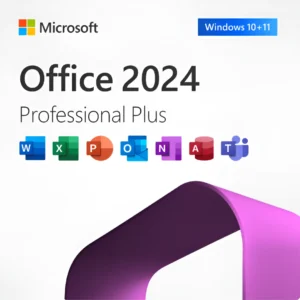
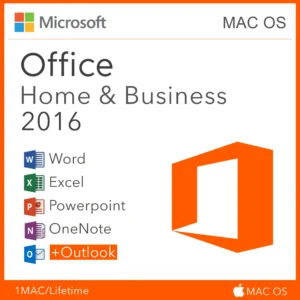

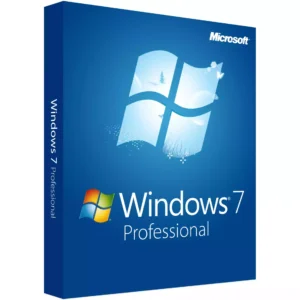
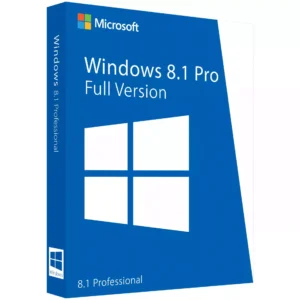
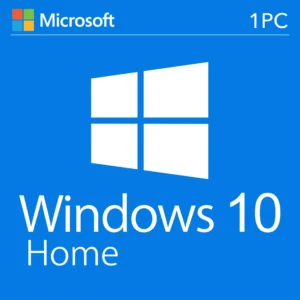
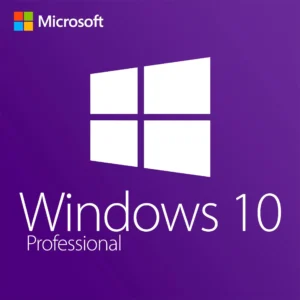


At Activation Keep, we are striving to become the top online store for software, a one-stop shop for digital downloadable products
Activation Keep designed by Activation Keep LTD
© 2025 Activation Keep | Microsoft Certified Partner | Activation Keep LTD | Company N: 14725825 | – All rights reserved
